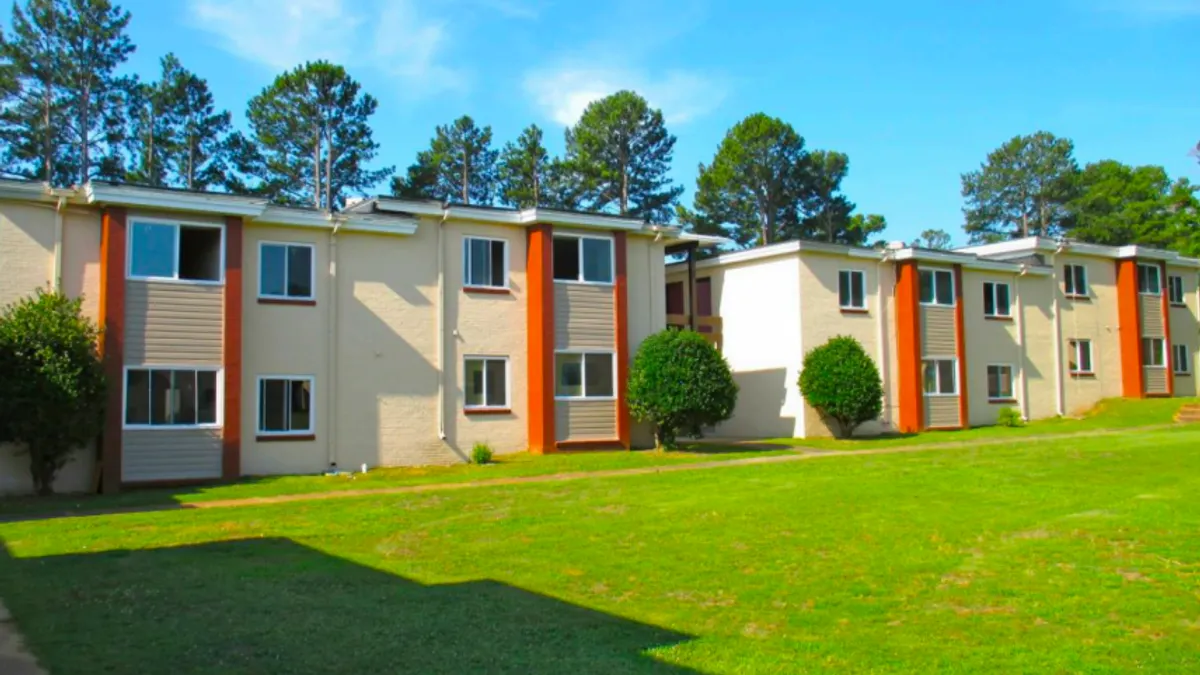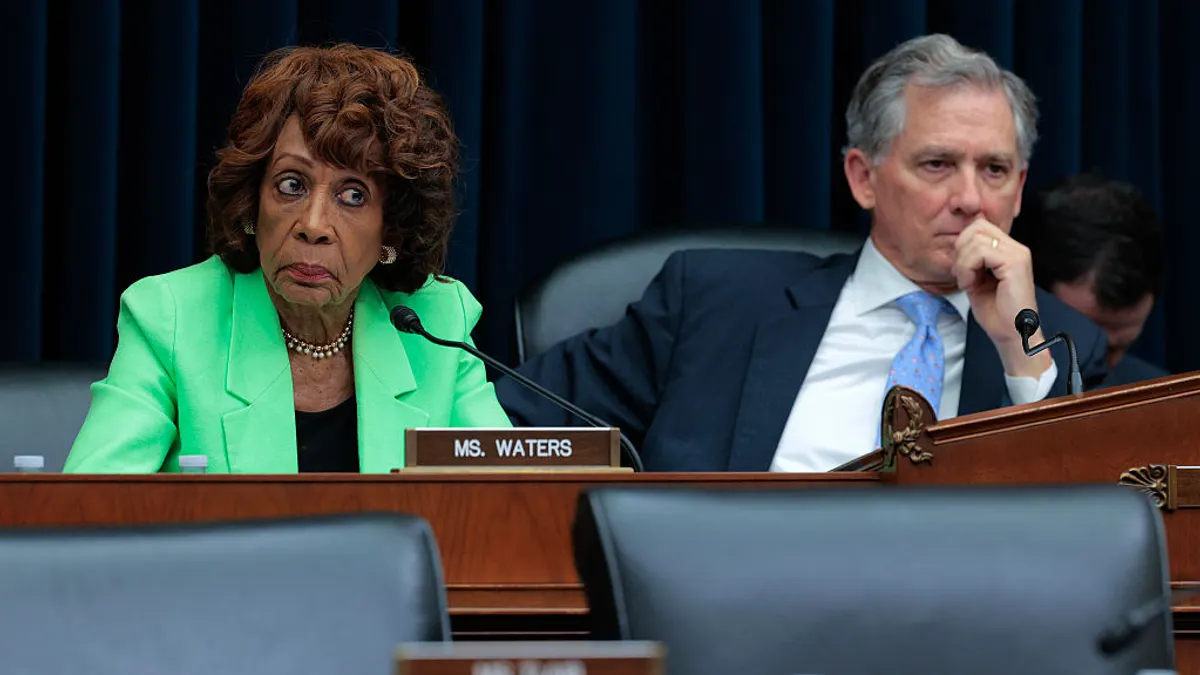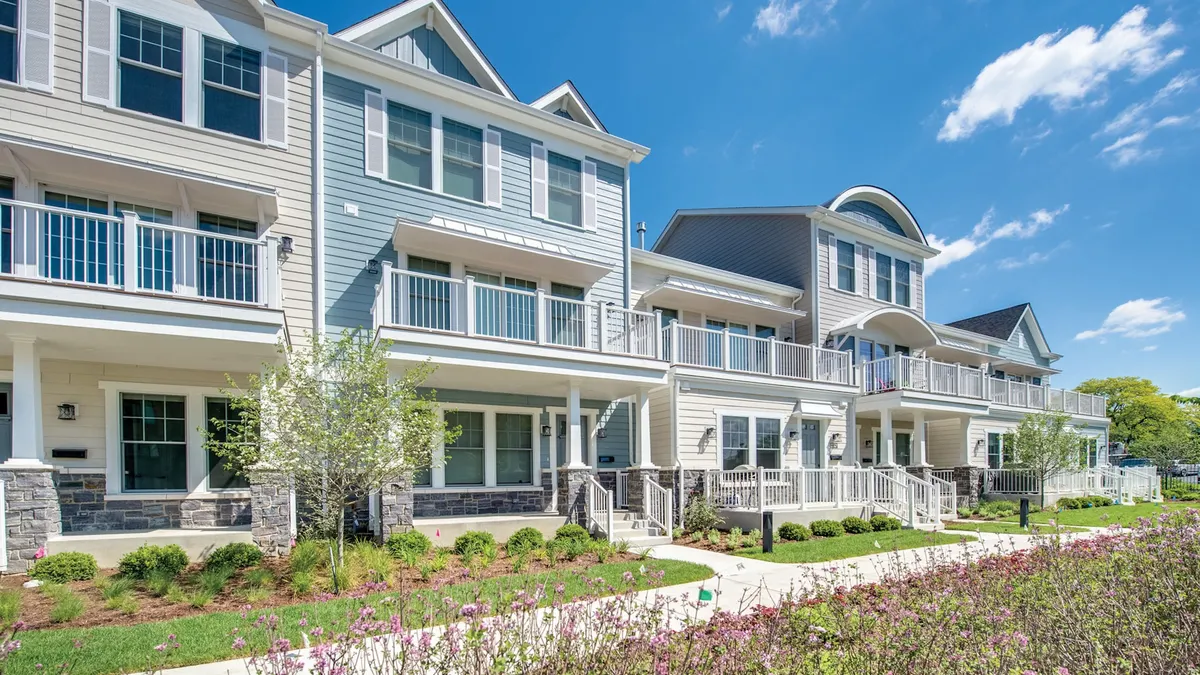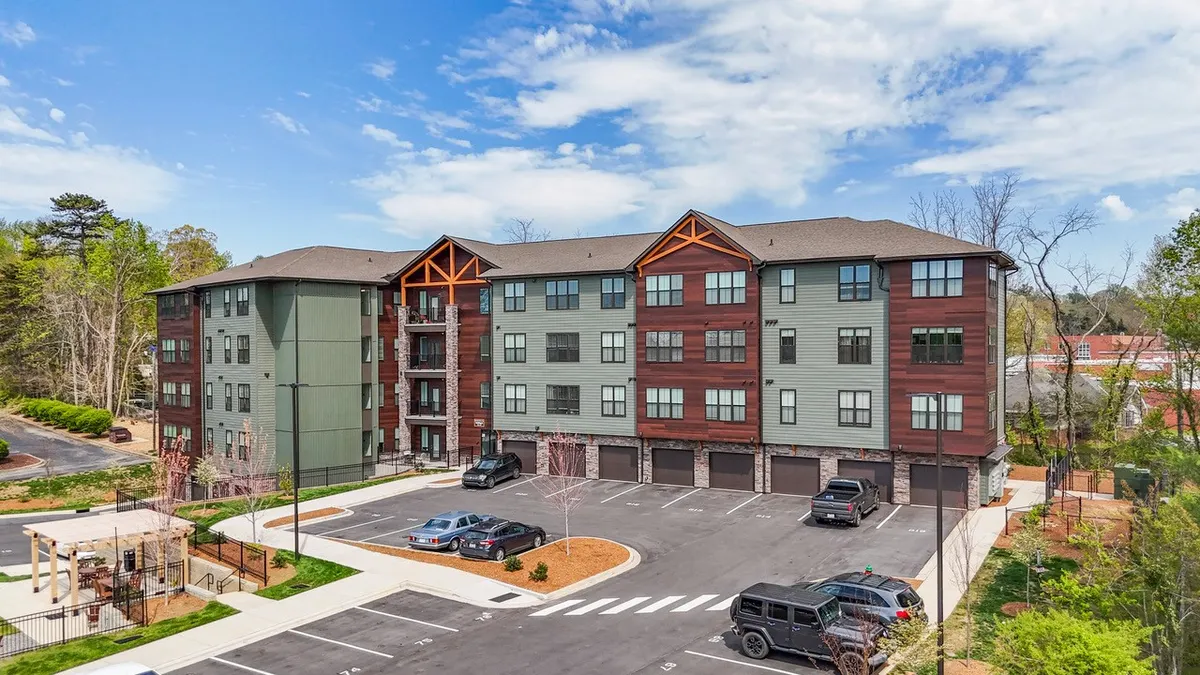Michael Harris is managing director of real estate technology provider CREModels and a 30-year veteran of commercial real estate and technology. Opinions are the author’s own.
In today’s environment, general partners in multifamily and commercial real estate would be wise to adopt a mantra from University of Alabama football legend William “Bear” Bryant:
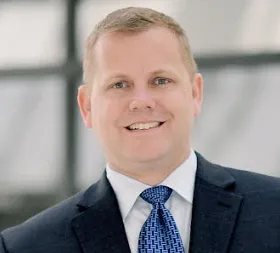
“Offense sells tickets. Defense wins championships.”
Deal flow has cooled compared to the white-hot quarters right after the COVID-19 lockdowns and before the Fed’s rate hikes, and question marks loom in the wake of recent bank failures.
So defense, in this context, means putting operations under the microscope and looking for ways to maximize efficiency and cash flow.
Here are a few best practices that can help multifamily and CRE general partners run leaner while positioning to pounce on emerging opportunities when the timing is right:
Revisit investor waterfall agreements
Now that capital calls and limited partner redemption requests are more likely, general partners need to make sure they fully grasp the obligations and primary financial incentives and disincentives in their investor waterfall agreements.
In most real estate funds, waterfalls preclude or limit redemptions, but during market turmoil real estate pros often receive calls from hand-wringing investors wanting updates. Smart GPs prioritize transparency and clear communication to stay ahead of such jitters.
While these conversations can be difficult and time consuming, sometimes requiring legal or accounting support, they make for good defense. In a prolonged slowdown, GPs might even consider mollifying LPs by repurchasing equity, allowing more secondary-market real estate recapitalization, or even selling assets to meet investor demands.
These acts will not be painless. Lower projected returns at disposition, for example, will have an outsized effect on one of the GP’s key income sources — promoted/carried interest.
Uncertainty around asset values makes the situation even thornier. The GP, having already invested significant resources in the deal, may be unable to envision a way to recoup those costs through a sale. But simply abandoning the asset may not be an option, due to the GP’s commitment to putting LP interests first.
As a result, the GP must continue dedicating time and energy to the property despite disappointing returns.
Meanwhile, any decline in asset value or rental income is likely to cause a decrease in LPs’ returns and, concerningly for the GP, undermine management and capital markets fees collected by the fund.
Imagine a scenario in which an asset is being sold at a loss and LPs are seeing dramatically reduced returns. Suddenly, the GP’s 3% disposition fee becomes a tough sell. Tensions rise.
How can GPs play smart defense here? The first step is to get ahead of any issues that might arise by digging into the original investor waterfall structure with a view toward understanding the full spectrum of realistic scenarios.
Good relationship management also means being transparent about the fees charged by the fund and calmly and clearly communicating with LPs about the risks and potential rewards of multifamily and CRE investment.
A central focus of the waterfall analysis should be to evaluate the effects on GP and LP returns of potential valuation and cash-flow scenarios. By proactively analyzing their existing investments, GPs can make informed decisions about how to manage their assets during difficult market conditions.
Third-party analysts can review GPs’ agreements and develop comprehensive what-if scenarios. This can help GPs protect the interests of their LPs and build a more resilient and successful real estate fund for the long term.
Scrutinize loan covenants
The rise of non-bank lenders has been extraordinary over the past five or six years, but when times are tight, these less-regulated institutions face a greater risk of runs from nervous investors, especially those with limited experience in making illiquid investments. On top of that, rate increases tend to undermine new demand for the investment products offered by non-bank lenders. That means it can be harder for them to recycle capital or endure unexpected changes in payments.
Moving forward, some of these lenders might respond by being more “opportunistic.” In other words, if they can get their hands on an asset after a borrower defaults, they just might do it.
Investors can play some smart defense by carefully reviewing the financial and operational covenants to which they have previously agreed. Clearly understanding these loan provisions can reduce the odds of running afoul of them.
That same is true of loan covenants with traditional banks. While these institutions are less aggressive than their non-bank counterparts, their tolerance for loan-covenant violations has limits. Banks will not hesitate to put “problem” borrowers in default.
Experienced consultants can review bank and non-bank obligations and design a model to track covenants and responsibilities in areas such as debt service, liquidity and the property’s loan-to-value ratio. They can clarify reporting requirements and help GPs form a strategy for handling an unavoidable default.
Focus on relationships
During the financial crisis, wise multifamily GPs knew to communicate more openly and frequently with their investors and clients, not less. They did this even though the news often was quite bad. Reaching out to partners and clients in this way allowed GPs to calm fears and restore confidence.
The Bear would have been proud.
Even if the recession never arrives, it’s important to acknowledge that a shift has already occurred. Before, just about everyone was talking up real estate deals. Now the script has been flipped.
LPs will remember those GPs who communicated proactively, backed up their assertions with bulletproof analytics and stress-tested and adjusted their strategies during a difficult or uncertain time.
And guess who they’ll partner with when it’s time to start playing offense again?



